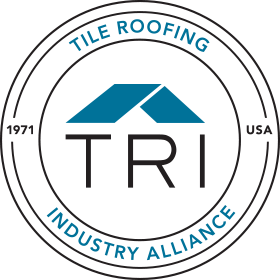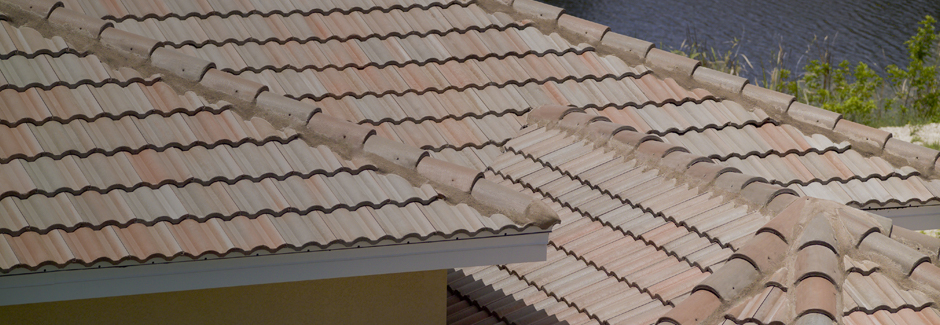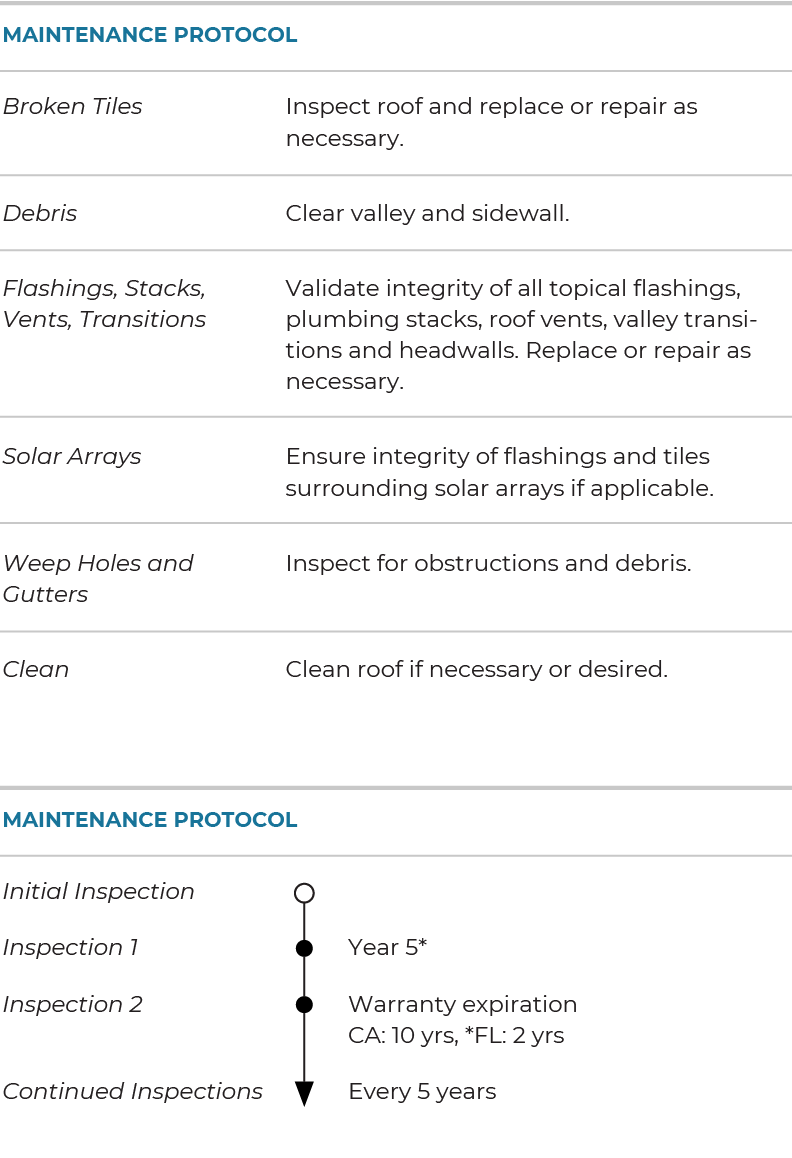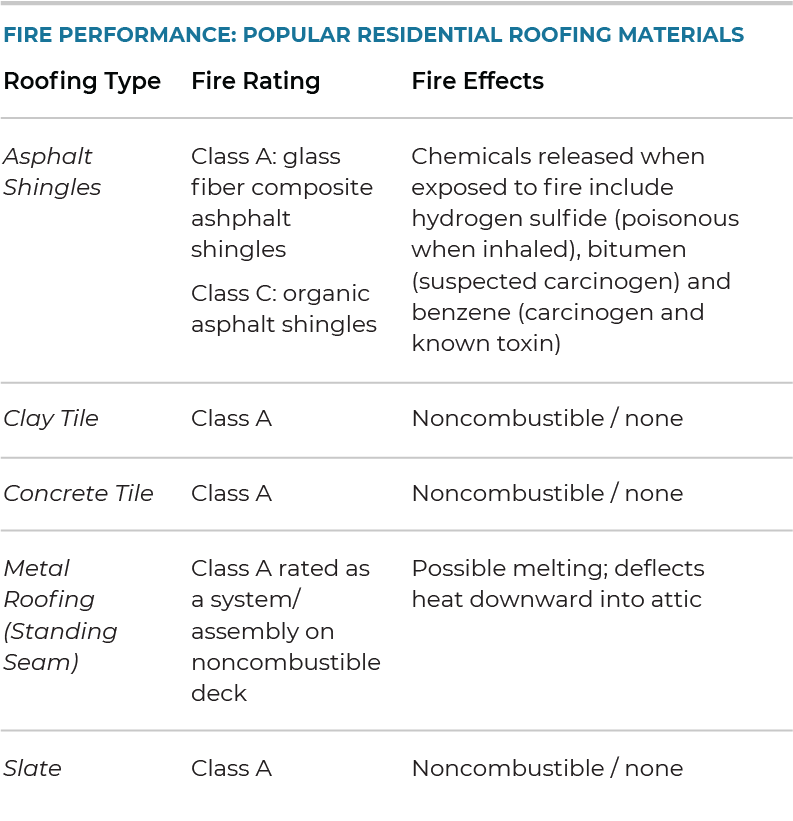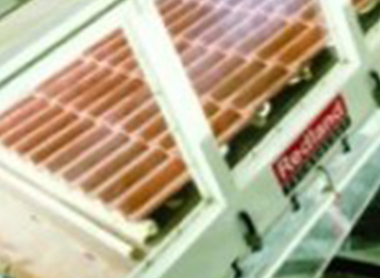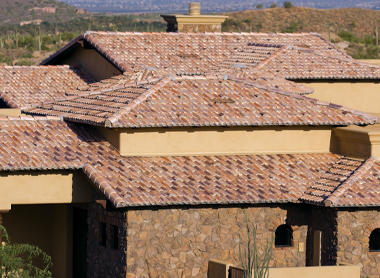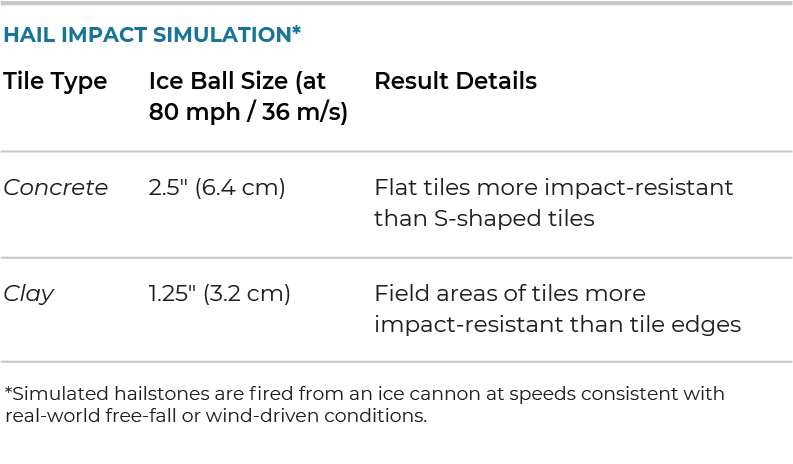Clay and concrete tile have been tested in the harshest of weather elements, including heavy rain, hurricane-force winds, damaging hail and freeze-thaw conditions. Tile roofs are naturally fireproof and exceed current seismic load requirements for building materials when installed to the current fastening requirements. Clay and concrete tile are by far the most cost-effective, attractive, long-lasting roofing material for any residential or commercial structure. In addition, the manufacturer warranties far exceed those of other roofing products manufacturers.
With an average moisture absorption of less than 1%, clay and concrete tile roofs can handle both heavy rain and dry conditions. The low absorption rate also makes tile naturally resistant to mold growth. Additionally, tile is also resistant to rot and virtually impervious to insect damage. Both concrete and clay tile roofs stand up to rain, snow and freeze-thaw cycles without damage.
For more detailed information about maintenance of concrete tile roofs, view this article from TRI member Eagle Roofing Products.
